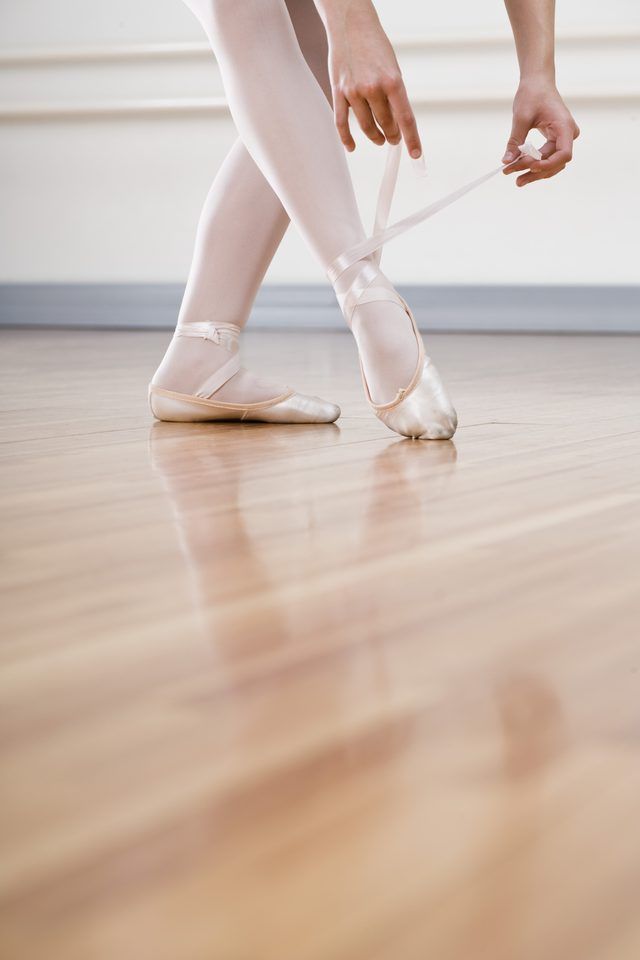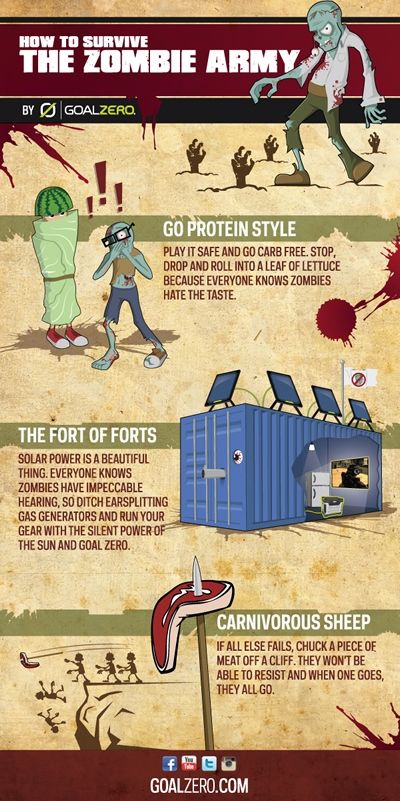How to dance the quick step
Quickstep Dance Lessons Online - For beginners
Developed during the World War I in suburban New York, initially performed by Caribbean and African dancers. It eventually made its debut on the stage of American music-hall and immediately became popular in the ballrooms. The Charleston had a lot of influence on the development of Quickstep dance which is noted for its quick and lite foot movements. Based on a combination of straight and rotary movements this dance requires good control of posture and stamina. You can learn with our dance lessons online.
Quickstep basic step:
Video Transcript:
So the basic step to the Quickstep. Now it’s got a big long name. It’s called the Progressive Chasse and Quarter Turn or Quarter Turn and Progressive Chasse but let’s just call it the basic step. We’re going to dance it for you first. We’re going to move across the camera and slow, slow, quick, quick – slow, slow, quick, quick – slow, slow, quick, quick – slow, slow, quick, quick – slow, slow, quick, quick, slow. So we begin by demonstrating and teaching the steps separately.
The man’s step: I will now describe to you the man’s step for the basic Quickstep. Everything in the standard dances: the Waltz, Tango, Foxtrot, Quickstep, Viennese Waltz, is based on directions around the ballroom. So here we have a direction called the “diagonal to wall.” This is our line of dance, where we are going when we are dancing, and this is diagonal wall – about 45-degrees. Basic step starting with the man’s left foot – we walk forward – left, walk forward, right.
Then we dance a series of steps, side-together-side called “chasse” and we do these steps up on the toes – quick, quick, slow. And you’ll notice I made a little quarter-turn to the right. Then we have the progressive chasse part – back right foot, slow and chasse, quick, quick, slow. And I continue with a walk and a chasse step, a walk and a chasse step, a walk, chasse step, a walk, chasse step. At the very beginning when I start to dance, I will dance two walks. Slow, slow, quick, quick, slow, that will be the only time I will dance two walks. After that, its one walk and a chasse – one walk forward, right foot in front of left foot, and a chasse, and so on and so on.
And I continue with a walk and a chasse step, a walk and a chasse step, a walk, chasse step, a walk, chasse step. At the very beginning when I start to dance, I will dance two walks. Slow, slow, quick, quick, slow, that will be the only time I will dance two walks. After that, its one walk and a chasse – one walk forward, right foot in front of left foot, and a chasse, and so on and so on.
Each time I do the chasse I make a small, I repeat, small turn – slow, quick, quick – slow, slow, quick, quick, slow. And from the close up on my feet, you would be able to see the rise and fall, the up and down use of heels and toes to get the nice hovering effect.
Ladies’ step: So she begins by standing on her left foot and starting back on her right foot and dance for two walks. And slow, slow – now she will go up to her toes and dance the chasse to the side – quick, quick, slow. Notice she’s coming forward on the last step of the chasse and coming down, toe-heel, soft landing on that last step. She also made a little turn to the right. So, now she goes forward – left foot, slow – on the heel, up on the toes, dance the chasse – quick, quick, slow – and repeat the basic – a walk and a chasse – a walk and a chasse – a walk and a chasse. She will also show you that the only time she takes two walks is when she starts dancing.
She also made a little turn to the right. So, now she goes forward – left foot, slow – on the heel, up on the toes, dance the chasse – quick, quick, slow – and repeat the basic – a walk and a chasse – a walk and a chasse – a walk and a chasse. She will also show you that the only time she takes two walks is when she starts dancing.
This is called the “preparation walk.” She goes a walk, walk, and chasse step, one walk and a chasse step, a walk and a chasse step, a walk and a chasse step. Each time I say the word “chasse” it means a series of three little steps that can be danced sideways, forward or back. You will learn more about this as we continue. So dancing the basic step I have to show you one important thing – slow, slow, quick, quick, slow. When we did that, the man went between the lady’s feet – slow, slow, quick, quick, – slow, slow, quick, quick, slow. But as we continue, the man’s right foot — [fades out]
Quickstep Dance Lessons Mesa AZ - Quickstep Dance Classes Mesa Gilbert
Learn all about the Quickstep!
What is the Quickstep?
The quickstep is a popular ballroom dance that originated in the Charleston and the foxtrot crazes of the 1920s. Faster than the foxtrot, it’s a relatively easy dance to learn but challenging to master, particularly as you progress through the fundamentals. It requires a lot of energy and the ability to dance lightly and gracefully on your feet; the best quickstep dancers often appear as if their feet barely touch the ground.
Faster than the foxtrot, it’s a relatively easy dance to learn but challenging to master, particularly as you progress through the fundamentals. It requires a lot of energy and the ability to dance lightly and gracefully on your feet; the best quickstep dancers often appear as if their feet barely touch the ground.
History of the Quickstep
The quickstep developed in the golden age of the Charleston dance craze of the 1920s. British dancers in England began combining the smooth steps of the Charleston — minus the energetic kicks — with the rhythm and flow of the Foxtrot, which was also enormously popular at the time. For many dancers, the foxtrot proved too slow in tempo, however, and as the swinging big bands began to play a faster beat, dancers followed suit and created what became known as the Quick Foxtrot. Eventually, it became known as the “Quickstep” and evolved into its own distinctive dance style.
Although the quickstep was heavily influenced by the jazz culture of the period, it owes some of its movements to the equally popular Afro-Cuban and Latino dance crazes of the 1920s and 1930s. Its rapid tempo and quick changes borrowed from the tango and the rumba, while the gliding, elegant “walking” steps are a nod to its origins in the foxtrot. While it relies heavily on forms, the quickstep also easily lends itself to improvisation so that advanced students and professionals who master the fundamentals can perform beautifully in competitions as well as on the dance floor.
Its rapid tempo and quick changes borrowed from the tango and the rumba, while the gliding, elegant “walking” steps are a nod to its origins in the foxtrot. While it relies heavily on forms, the quickstep also easily lends itself to improvisation so that advanced students and professionals who master the fundamentals can perform beautifully in competitions as well as on the dance floor.
How to Dance the Quickstep/Basic Steps
The quickstep is generally performed on 4/4 time. True to its name, the quickstep does require relatively fast movements, but the basic steps are easy to learn. Keep in mind the following as you learn to dance the quickstep:
- Both the leader and follower should maintain an upright posture throughout the dance.
- The basic rhythm is slow-quick-quick.
- As you become more confident in dancing the quickstep, practice how to fluidly transition from one step to the next at a beat that will make it seem as if you’re floating just off the ground.

- Take your time and build your endurance. It’s not called the quickstep for nothing! Master the fundamentals so that you can learn to improvise with ease and without tiring too quickly.
The basic quickstep is as follows:
- Begin in a closed position.
- Step forward with your right foot. (slow)
- Step to the left with your left foot, then slide your right foot to close with your left foot. (quick)
- Step to the left again with your left foot. (quick)
- Step backward with your right foot. (slow)
- Step to the left with your left foot, then slide your right foot to close with your left foot. (quick)
- Step to the left with your left foot. (quick)
Great Quickstep Songs
“Mack the Knife” – Bobby Darin
“Charade” – Bobby Darin
“Down with Love” – Michael Buble and Holly Palmer
“I Won’t Dance” – Ella Fitzgerald and Louis Armstrong
“Suddenly I See” – KT Tunstall
Quickstep in the Movies
“Shall We Dance” (1996) (original Japanese)
“Shall We Dance” (2004) (American remake)
Learn other dance styles!
90,000 12 life hacks, to quickly learn how to dance from Mamita DanceDances
Author: Pavel Gather
Psychologist, Lecturer Salsa and Tango
Dances
Author: Pavel Pavel
Psychologist, Lecturer Salsa
on At the start, you always want to get a quick result. When it doesn't happen, the hypothesis arises that everything takes time. After a conditionally acceptable time, humility comes to mastering pair dances, which, perhaps, is not given, and I will just do what I learned somehow.
When it doesn't happen, the hypothesis arises that everything takes time. After a conditionally acceptable time, humility comes to mastering pair dances, which, perhaps, is not given, and I will just do what I learned somehow.
This is the most common story of those who believe that the mere act of attending a pair dance class is enough to learn how to dance.
Absolutely not. If you want to really dance well, you have to make an effort outside of the dance class. A good teacher will definitely be needed, but the initiative should be on your side.
1. Listen to music
The most common and accessible advice that is given already in the first lessons. And it definitely works. Music creates a certain atmosphere of the dance and intuitively you want to move to it. It doesn't matter where you listen to music - in the car, on headphones while walking or doing household chores.
An addition that will help you dance better is your active participation in the music. Sing along, dance or simply beat musical accents with any free parts of the body. In the subway, for example, it is enough to tap out bright moments with your fingers, in the car to sing along with sounds, and at home you can jump for pleasure.
Sing along, dance or simply beat musical accents with any free parts of the body. In the subway, for example, it is enough to tap out bright moments with your fingers, in the car to sing along with sounds, and at home you can jump for pleasure.
2. Watch videos of good dancers
It's complicated, but also obvious. It’s more difficult, because without recommendations from more experienced dancers, unfortunately, it’s not so easy to find a good quality video on the net (I mean not the resolution quality, but the content itself).
Meaningful video viewing is about building an understanding of HOW dancers make a particular impression on a partner or viewer. Technology is at the heart of everything. Understanding how the pros do it is a big step forward.
It is important to distinguish a show from a disco dance, a staged performance from an improvisation, a stylized dance from an authentic one, etc. Ask for recommendations and dance teachers will always throw off a couple of videos of worthy landmarks.
Tango Z. Showreel.
Online modern tango courses
Tango nuevo is the most advanced version of tango. We can quickly learn to dance from zero to a steep level.
| View details |
3. Dance in salsatecas/milongas/discotheques
A very delicate moment when it is worth coming to the first party. From a technical point of view, most students in 1-3 months have a sufficient set of figures and techniques to come and dance calmly. Psychologically, the same moment can be stretched out for an indefinite time. After all, it is imperative to “not lose face”, “learn more figures” and be sure what to do in case “there is an unfamiliar movement”.
In fact, the partygoers don't really care (except for a small layer of non-professional teachers who want to help inexperienced dancers by treating them as customers in the future). It is important to come and try dancing after a month of classes. You can only with friends or guys from your group. This will be enough to feel the adrenaline and inspiration from the dance.
You can only with friends or guys from your group. This will be enough to feel the adrenaline and inspiration from the dance.
4. Dance with partners or partners not of your level
The conventional wisdom that you need to practice in groups of your level does not withstand the test of experience. Perhaps now your eyes widened in surprise, and you want to meaningfully read the phrase again. Yes, you saw everything correctly: when you dance with a partner of your level, you don’t grow anywhere.
It's important to understand that not only does it work one way and you have to dance with cooler dancers, but it works even more effectively the other way. It is no coincidence that teaching pair dances dramatically raises the level of the teacher himself. You have an endless stream of very beginner dancers.
How it works. A more experienced partner needs to be "stretched". It's easy and obvious. With beginners, you need to take more initiative on yourself, see the general pattern of the dance more widely, turn on and insure more, try to be an example and be more careful.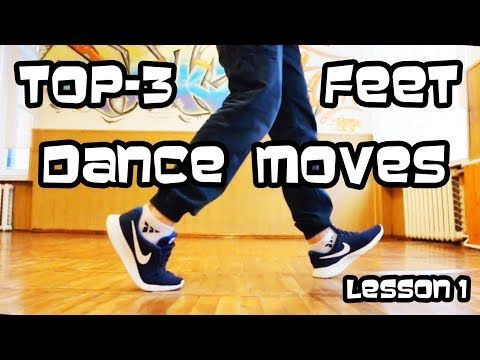 The quality of interaction begins to grow significantly. And wonderful partners too.
The quality of interaction begins to grow significantly. And wonderful partners too.
Dancing with partners of your level doesn't make you grow. Dance with both beginners and more advanced dancers
Dominican Bachata Women's Style Online Course
Want to learn how to hypnotize those around you with the most appetizing part of your body? On the course we will tell you all the secrets.
| Interesting |
5. Learn to dance for a partner and for a partner
Turks and Argentines are one of the best partners in the world. In Russia, partners are highly valued. Why? The answer is simple. In Argentina and Turkey, it is not questionable for men to ask another man to lead in one piece or another and give feedback on the quality of the lead. For them, it will be a great shame to hear moralizing from a partner, or even more so to be known in the community as an insecure partner.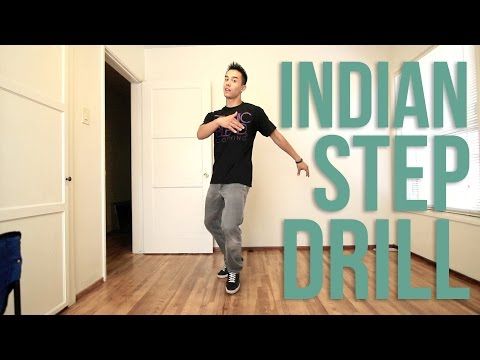
In Russia, due to the constant, often far-fetched, opinion that there are more women in pair dances, partners calmly get up and study their partner's part. Such partners then grow into very cool dancers and teachers. In no case do this at parties, only in class. Here we are talking only about the learning strategy. At parties, be yourself.
6. Do not memorize the links
Always try to look deeper and understand the through principle and idea of movement. Understanding what and how is done will make it possible to independently generate any sequences and chips.
Human memory is limited and there will always be a moment when something will escape and your repertoire will be limited by the size of RAM.
In Argentine tango, for example, there are seven levels of movement construction that, when mastered, will allow you to make millions of combinations. And how many dance sequences can you really remember? In rueda, more than 150 figures dance in a rare circle. It's hard to keep more in mind.
It's hard to keep more in mind.
7. Develop your body
Many years of experience in teaching couple dance shows that as soon as everyone pairs up in a class, any progress in individual style ends. But it is the individual style that distinguishes everyone at the disco: partners change, and style is always with you.
The body as the main instrument of dance must be very plastic, responsive and emotional. Surprisingly, not all pair dance schools have a general physical warm-up. It is vital to tune the body and understand how it works.
You can always train extra and concentrate more on the basic steps, as their true value is as body work. The sequence of steps is, in fact, the simplest thing that can be in pair dancing. The quality of individual performance determines the craftsmanship.
8. Try on the images of inspiring dancers
A psychological life hack for those who have already mastered the steps, but still feel that there is not enough brightness and drive.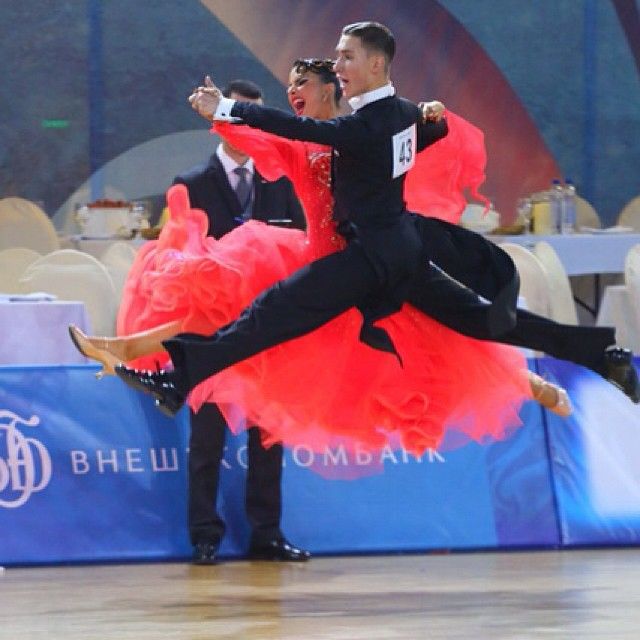 Most are terribly afraid of being someone else's "clone". Here the action is the same as under the influence of hypnosis - the more you resist, the more you plunge into an altered state of consciousness.
Most are terribly afraid of being someone else's "clone". Here the action is the same as under the influence of hypnosis - the more you resist, the more you plunge into an altered state of consciousness.
With a high degree of probability, you are already dancing like someone else's "clone". A meaningful fitting of someone else's image is that you mentally take the image of the one who inspires you (inspiration is critical in this case) and "put on" yourself. Then you start dancing and trying to feel in general how it is to be able, for example, to be the best partner or the sexiest partner in a disco. This is much more difficult than it seems. But it works extremely efficiently.
9. Dance to offbeat music
Habitual rhythms keep you tight. Tango salon or speedy timba leave little room for experimentation and fantasy. Pattern dancing is always noticeable and is reserved for beginners.
The truly new is born outside of the usual.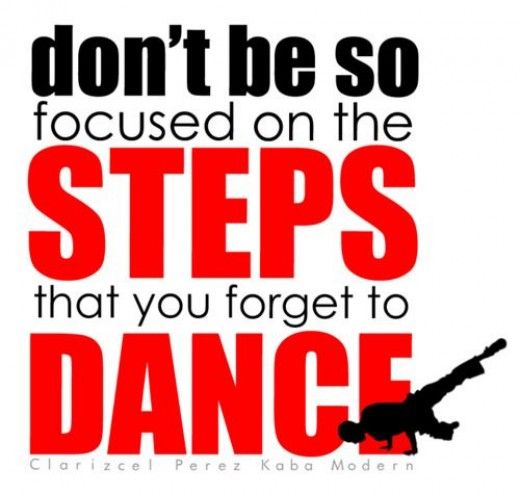 Look for places to experiment. If there is no place, organize self-training. The main thing is not to get carried away, because music determines the style. We bring something new to pair dances, rather than trying to change them.
Look for places to experiment. If there is no place, organize self-training. The main thing is not to get carried away, because music determines the style. We bring something new to pair dances, rather than trying to change them.
Search, improvise, don’t be afraid to go beyond, develop in different directions, be inspired by music atypical for the style
10. Try your hand at basic dance directions
dances exist according to their own non-choreographic laws.
This is the deepest delusion, which has turned into a ceiling for the qualitative development of partner dances. After all, all professional dancers, for example, in salsa or bachata, build their ideas on the basic choreographic principles.
Do not think that choreography is only applicable on stage. Any meaningful movement of the body can be choreographic. In general, try classical or modern choreography. Basically, hip-hop can work too.
11. Look for battle sensations
Pair dances return us to an active position of manifestation of our body. As in the days of our ancient ancestors, we impress the members of the opposite sex by how dexterous, hardy, sexy, etc. we are. Modern laws of the jungle in the entourage of large cities.
If you look around the dance floor, it becomes clear that the majority are clearly herbivores (not in the sense of vegetarians, but in relation to those around them). I am sure that predators are always more interesting in terms of the attractiveness of the image - try to find a counterbalance among herbivores, for example, a cat woman or a lion man.
The conversation is about an internal position, not about aggressiveness. Lability and lack of control are inherent in adolescents, and not in adult self-sufficient people.
Accordingly, even a training or friendly battle gives, on the one hand, practical skills - to make a bright sequence of movements, bring an idea to a climax, show a spectacular feature, on the other hand, develops the psychological basis of the dance - self-confidence, resistance to extraneous attention, self-control and self-control in complex elements.
12. Communicate with professionals
The environment shapes the internal position. Basically, real passionaries of the dance community are ready to openly talk, discuss and support the development of dance in every possible way. Universal principles and the ideas they articulate have a much longer and more practical perspective than meets the eye.
Accept that, for example, behind the words "listen to your partner" is not only a beautiful metaphor, but also a practical skill to literally listen to your partner. At the same time, always treat every thought, even the most respected teacher, as a private opinion.
Your skill will lie in finding the scope of the idea even in conflicting opinions. Most often, the contradiction is speculative and the truth lies in the angle of perception or situationality.
Your dancing growth will stop sooner or later. This can happen at the level of three basic steps or years of experience in teaching and show performances. Regardless of your level, the suggested 12 life hacks can get you off the ground and greatly accelerate your dance growth. There is no way here without your motivation and activity. Take your dance development into your own hands. 9Ol000 Dangerous sexuality
Regardless of your level, the suggested 12 life hacks can get you off the ground and greatly accelerate your dance growth. There is no way here without your motivation and activity. Take your dance development into your own hands. 9Ol000 Dangerous sexuality
Salsa: destroyers of stereotypes
Couple dancing as a source of strength.
Self-destruction of the couple dance community
The Salsa series as a mirror of the community
Mamita Fridays: salsa, bachata
Destroying the myths about leading pair dances
Does dancing make us better?
The seven deadly sins of teachers
Why we will never dance bachata like the Dominicans
Why tango?
Dispute over musicality
Selection of dances according to alcohol preferences
Where to find inspiration for dancing?
Terrible tango nuevo
Distribution of roles in a salsa party
Argentinean tango through the eyes of a salsa dancer
Is there a predisposition to dancing?
Which is more effective: individual or group lessons? 15 December 2019 Likbez Sports and fitness
Master the basic moves, then improvise and have fun.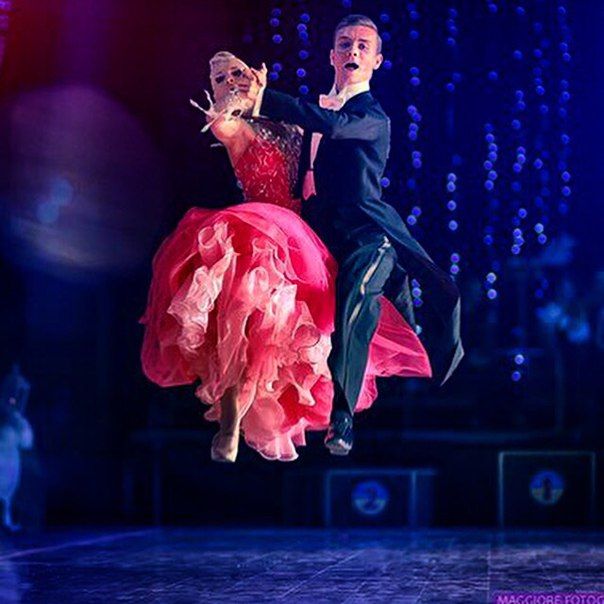
Iya Zorina
Author of Lifehacker, athlete, Candidate Master of Sports
This dance style includes a lot of freedom and improvisation. That is why he is so good. You can master the basic movements in a couple of hours, and then complicate them to infinity and combine them with each other, create your own combinations and spy on others.
Dance in sneakers, socks or barefoot, in any outfit, anywhere.
Master the basic movements of the shuffle
In this style, you do all the basic movements with your feet, the hands most often move freely - according to the heart.
Running man
This is the most basic and essential shuffle movement. You can do it in three different ways.
Full foot
The movement begins by bending your knee and lifting one leg. Next, you need to simultaneously put both legs - supporting and raised - at a distance of one step from each other.
The raised leg is placed forward on a full foot, the standing one behind slips back on the ball of the foot and remains on it - the heel is not placed on the floor. The weight is evenly distributed between the two legs.
After that, it remains to return to the starting position. To do this, the front leg slides back, and at the same time, the back leg is pulled up. You find yourself in the starting position and repeat the cycle. The movement itself is soft and springy: do not stick into the floor, keep your legs relaxed.
Heel
This is a lighter and faster running man look that may be needed for some combinations. Here you put your foot not on the whole foot, but on the heel. At the same time, the one standing behind remains on the toe.
On pads
In this variation, the foot is placed forward on the pad. At the same time, the one standing behind also remains on the ball of the foot, and the body leans slightly back.
T-step
In this movement, one foot constantly makes a “herringbone” - turns the heel in and out - and the second touches the floor and immediately rises back.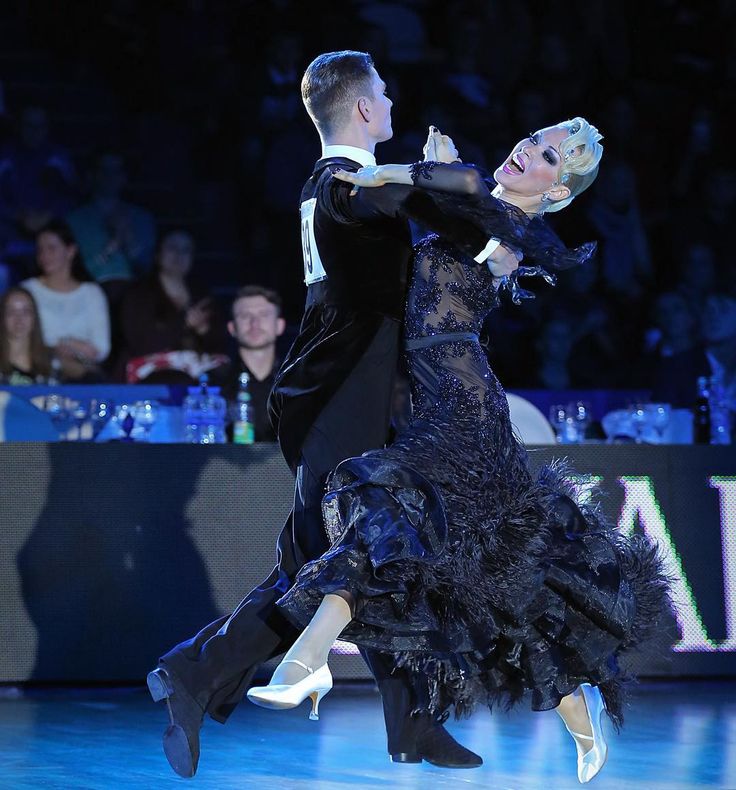
When the heel of the skating leg turns inward, the toe of the other foot touches the floor; when outward, the other leg rises, turning the knee inward.
It turns out two positions: closed - when the legs are wrapped with the knees inward, and one leg is raised, and open - when the legs are turned out with the knees outward, and the toe touches the floor. Practice doing the T-step in both directions: slowly at first, then with acceleration.
Rocking
You jump on one foot while the other touches the floor in different places: on the side of the supporting leg, across, behind - anywhere you want. You can put your foot on the toe or on the heel - the latter is called a kick. The supporting leg can simply rise low or perform a T-step - move the heel out and in.
Charleston
To begin, you turn your knees and toes inward and lift one leg. Then turn your toes and knees outward, and put your raised leg forward crosswise. Repeat the same with the other leg.
All movement occurs on the balls of the feet, the heels do not fall to the floor. You can move both forward and backward.
Diamond
First, with a jump, you put your feet crosswise with your toes out, then you also spread your legs to the sides with a jump.
Slides
One leg is straight, stands on the whole foot, the other is with a bent knee on the pad. Leaning on the pad, you slip the foot of a straight leg back, as if wiping the sole on the floor.
Immediately after the slip, you turn around. In the turn, the straight leg bends and goes to the pad, and the one that was on the pad, on the contrary, turns on the heel. After that, it remains only to change legs and move in the same way in the other direction.
Scissors
From the starting position - standing with a raised leg, as in Running man - you turn your hips to the side with a jump and put your legs crosswise.
The front foot is on the heel, the back foot is on the ball.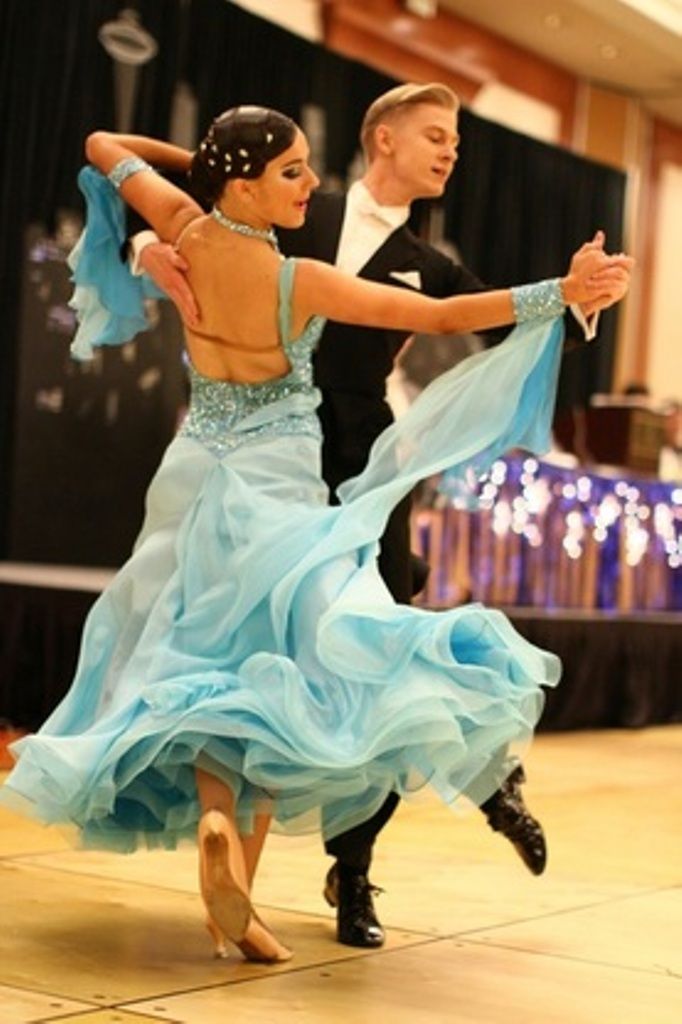 Then you jump back to the starting position and do the same on the other side.
Then you jump back to the starting position and do the same on the other side.
Sidekick
From the starting position, you turn your hips to the side with a jump and spread your legs a step apart from each other. The standing foot in front is placed on the heel, the standing one behind remains on the pillow. Then, with a jump, you collect your legs and do the same on the other side.
Try other variations of the basic shuffle movements
You can perform basic movements in different directions: forward and backward, turning around. This will give you more freedom to improvise.
Variations Running man
Do several times in place and then turn around. You can also try walking this way to the side. Each time the leg will need to be placed slightly crossed in order to slowly move to the side.
Variations T‑step
You can lower your foot on the toe, on the whole foot, touch the floor to the side of the supporting leg or forward and behind it.
You can also keep the other leg on the floor at all - leave it on the toe and turn the knee in and out.
Variations Diamond
Here, one more element is added to the movement - the heel strike. In the starting position, you wrap the toes of the feet and knees inward, and then jump on the heels, turning the socks to the sides.
From this position, without jumping, you turn your toes and knees inward, cross your legs with a jump, turning your feet with your toes outward, and then return to the starting position.
Charleston Variations
After three turns of the Charleston, turn both toes in one direction and then in the other. At the end, you can turn the knee to the side.
Connect familiar shuffle moves
While you lack the skills to move freely and come up with something of your own, learn a few combinations. They contain interesting movements that will replenish your dance vocabulary.
Combination 1
This is a simple combination of two basic movements - Running man and T-step.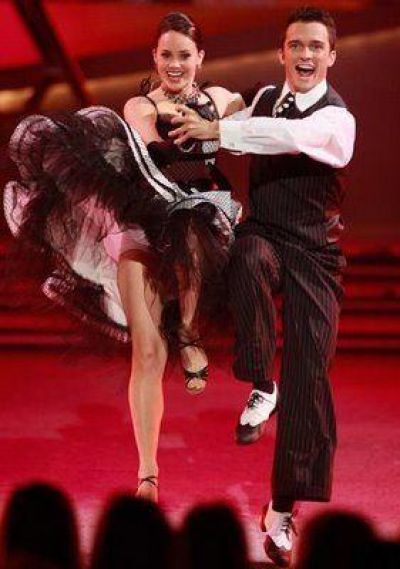 First take five Running man steps, then four T-steps to the side and repeat the same in the opposite direction.
First take five Running man steps, then four T-steps to the side and repeat the same in the opposite direction.
Combination 2
Another combination of two basic movements. Here you do three Running mans, then one T‑step with a back foot touch, and two front heel touch kicks. The same on the other side.
Combination 3
There are no standard steps here, but there are already familiar Sidekick and transition from heels to toes.
Learn more difficult combinations
We will add some videos with good combinations.
1. Cool video for beginners: movements are repeated in slow motion to make it easier to dance to the music.
2. And here the combination is analyzed step by step in slow motion, dividing it into three parts. Very comfortably. Look for more on this channel, there are several such analyzes.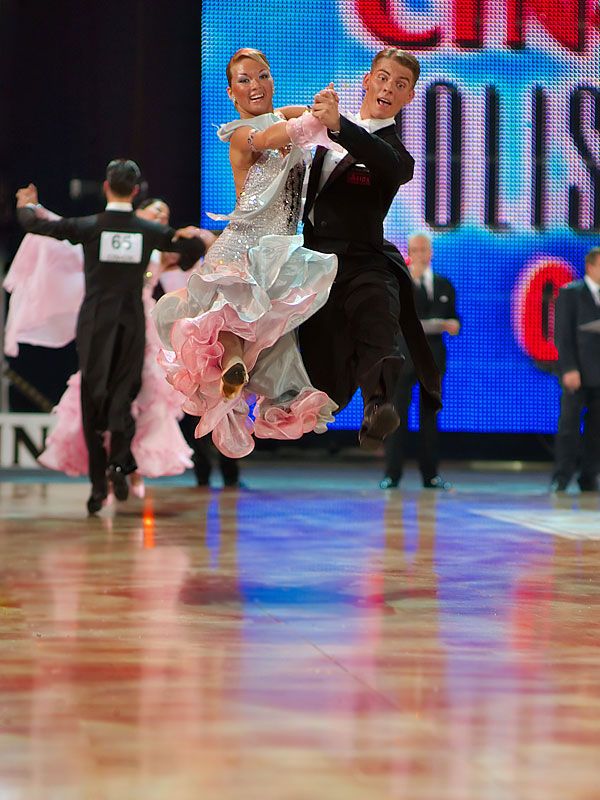
3. No slowdown here, just a great combination. But you already know almost all the movements, so you can figure it out. If something is not clear, watch the video at a speed of 0.25.
Pick up the music and improvise
Surely you have favorite songs to shuffle to. Include them and start with basic movements: just do the Running man and periodically add different elements when you want. Move in different directions, relax and have fun.
If you don't have favorite tracks, try our selection.
I must say that the shuffle is an amazing cardio workout. In just a couple of tracks, you will be out of breath and sweat, like after a run, but you will feel absolutely happy!
What's more, if you have to force yourself to keep going while running, shuffle requires you to have the willpower to stop and not dance.





